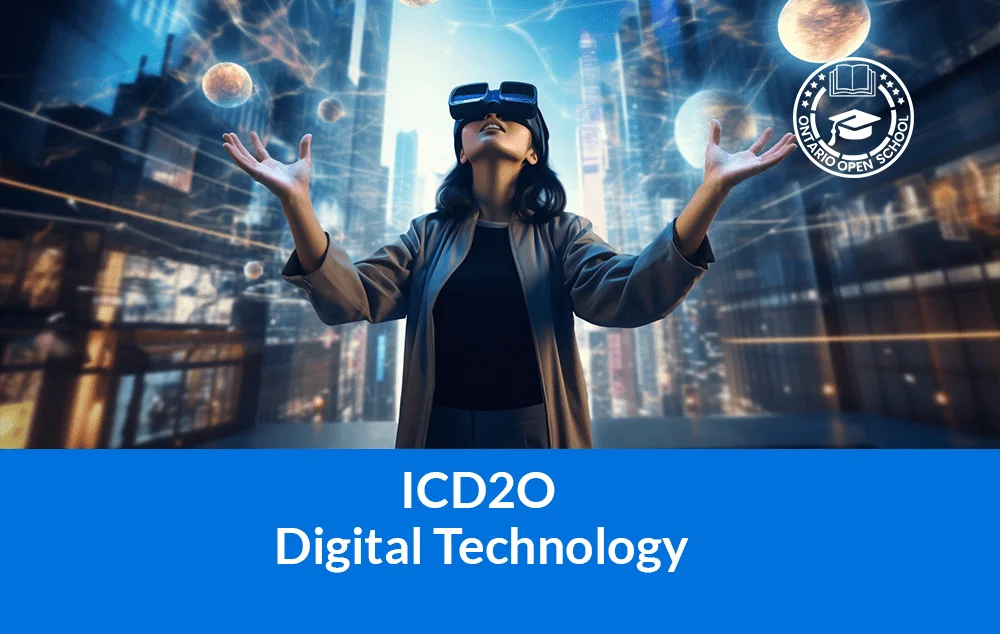Digital Technology and Innovations – ICD2O (Tutoring)
Purpose
The primary purpose of assessment is to improve student learning. Assessment relates directly to the expectations for the course.
A variety of assessments for and as learning are conducted on a regular basis to allow ample opportunities for students to improve and ultimately demonstrate their full range of learning and for the teacher to gather information to provide feedback. Assessment tasks relate to the success criteria set out in lesson plans. Success criteria allow students to see what quality looks like.
Evaluation is the process of judging the quality of student work in relation to the achievement chart categories and criteria and assigning a percentage grade to represent that quality. Evaluation is based on gathering evidence of student achievement through:
Assessment for Learning – we provide feedback and coaching. Assessment FOR Learning is the process of seeking and interpreting evidence for the use of learners and their teachers to decide where the learners are in their learning, where they need to go, and how best to go there.
Assessment as Learning – we help students monitor progress, set goals, reflect on their learning
Assessment AS Learning is the process of the explicit fostering of students’ capacity over time to be their own best assessors, but teachers need to start by presenting and modeling external, structured opportunities for students to assess themselves.
Assessment of Learning – we use assessments to provide evaluative statements about student achievement. Assessment OF Learning is the assessment that becomes public and results in statements of symbols
(marks/grades/levels of achievement) about how well students are learning. It often contributes to pivotal decisions that will affect students’ future.
A wide variety of instructional strategies are used to provide learning opportunities to accommodate a variety of learning styles, interests and ability levels. These strategies include, but are not limited to:
This course is intended to give high school students a good understanding of software and hardware integration using industry standards. The students will be continuously engaged in hands-on learning as they explore a visual development environment for building mobile apps. In this course, students pursue mostly independent work but will take part in discussions as they develop the understanding required to successfully build their own app.
The framework for student learning is provided by a learning management system that provides all the necessary course lesson materials including videos, lessons, exercises, and assignments. This is supplemented every day by the teacher in class lectures, demonstrations, discussions, etc. This environment allows students to complete the assignments and projects required for the course. Their knowledge will be frequently evaluated through formative assessments of their code and documentation as well as written and multimedia assignments.
App development in this course is done with Thunkable which allows students to build apps that are compatible with either Android or IOS platforms. Students begin by mastering the functionality of individual programming objects in Thunkable and as they gain proficiency, they learn to combine multiple objects to build more complex functionality. The visual nature of the Thunkable programming environment makes it easy to begin developing apps but the programming principles employed in this environment are consistent with programming in more traditional, text-based languages. The final project of this course challenges students to take their mastery of programming, planning and project management skills to build an app with functionality of their choosing (subject to approval by their teacher).

Course Grade | Grade 10 |
Course Code | ICD2O |
Course Category | Computer Studies |
Course Type | Open |
Course Delivery | Online |
Course Duration | 8hrs |
Course Credit | 0 |